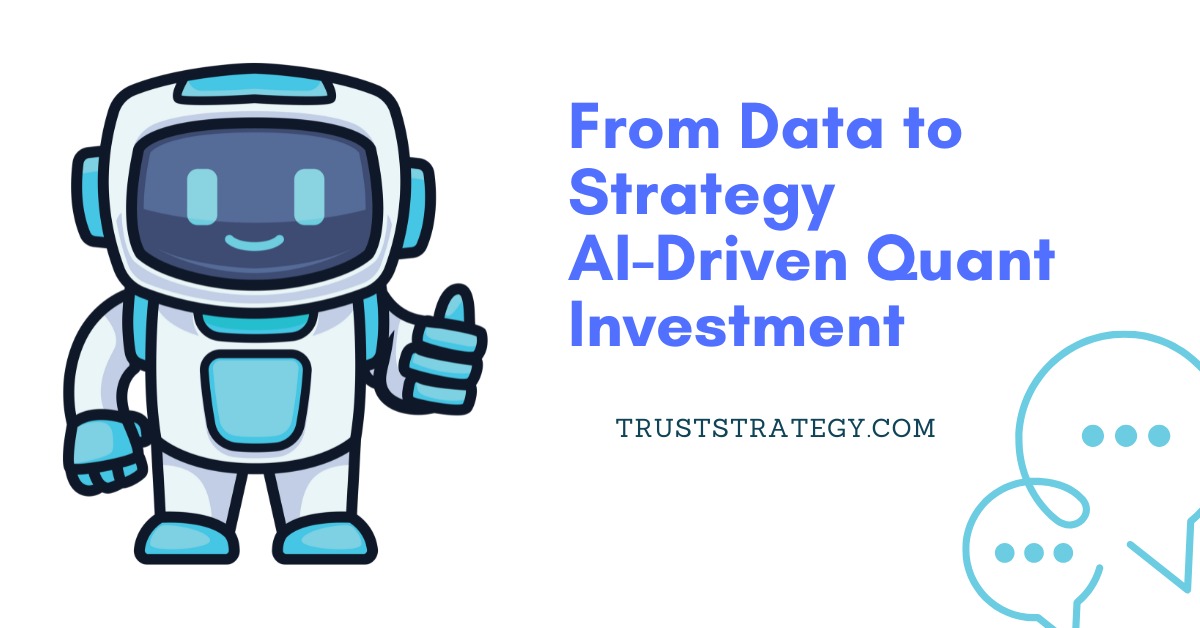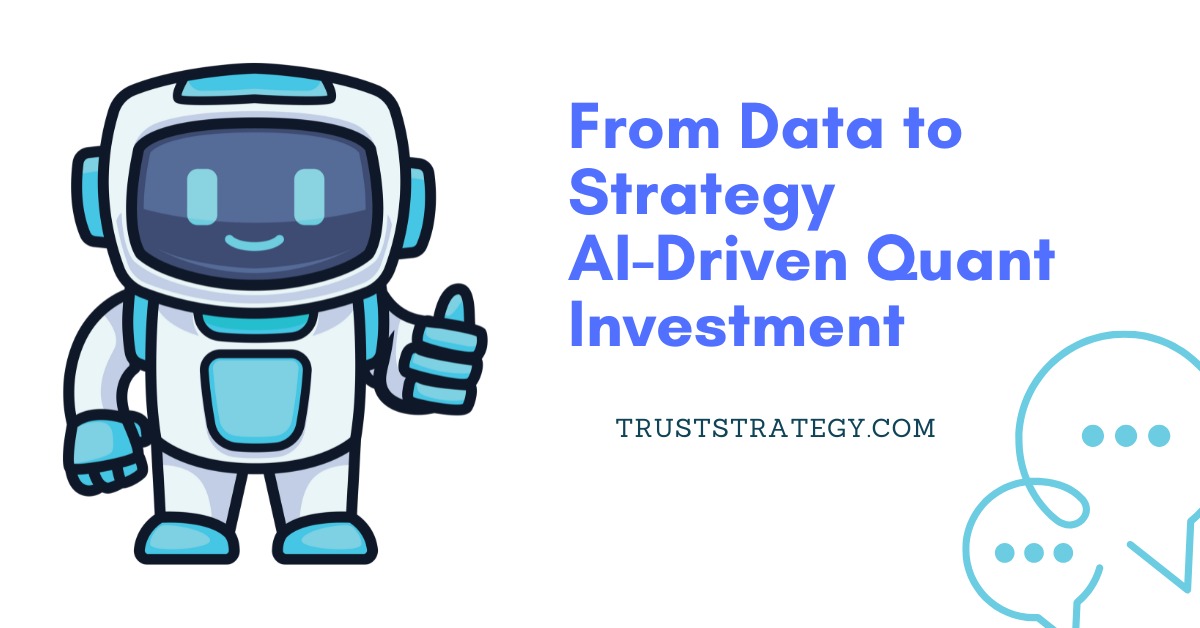
The XRP Ledger (XRPL) has long been known for speed, efficiency, and reliable settlement, powering cross-border transactions and enterprise use cases for over a decade. However, one area where it fell behind newer ecosystems was liquid staking—now a cornerstone of modern DeFi. That gap is closing with the arrival of mXRP, the first liquid staking token designed for the XRP ecosystem.
At XRPL Seoul 2025, Midas, a project focused on tokenized real-world assets, and Interop Labs unveiled mXRP, a yield-bearing derivative that allows XRP holders to earn between 6% and 8%. Built on XRPL’s new EVM sidechain, the product represents a major step toward making XRP more capital-efficient. Staking platforms such as HashStaking and GeekStake are now highlighting how this innovation could reshape the role of XRP in DeFi.
What Liquid Staking Means for XRP
Traditional staking locks tokens for fixed periods, preventing holders from using them in other applications until the lock expires. Liquid staking solves this problem by issuing a derivative token that represents the staked asset. On Ethereum, this is stETH; on Solana, it’s mSOL and jitoSOL. These tokens can be used in lending, trading, or liquidity pools, all while continuing to generate staking rewards.
With mXRP, XRP holders gain this flexibility for the first time. They can stake, earn yield, and still use their assets in DeFi strategies. Platforms like HashStaking and GeekStake make this process accessible, guiding users on how to engage with liquid staking products safely and effectively.
Why XRP Needs Liquid Staking
Despite being one of the world’s largest cryptocurrencies, much of XRP’s supply has remained idle. By introducing mXRP, the network gains a tool that turns dormant capital into productive assets. Ethereum’s stETH and Solana’s liquid staking tokens already prove the value of this model, and now XRP can follow suit.
HashStaking and GeekStake point out that liquid staking doesn’t just benefit individual holders—it strengthens the ecosystem as a whole by creating liquidity for DeFi markets and attracting developers to XRPL’s new EVM sidechain.
How mXRP Works in Practice
The design of mXRP combines XRPL’s EVM sidechain compatibility, Interop Labs’ bridging technology, and Midas’ certificate framework. The flow is straightforward:
- Users bridge XRP into the XRPL EVM sidechain.
- The deposited XRP is wrapped into tokenized certificates.
- In return, users receive mXRP tokens that represent their staked assets.
- mXRP can then be used in lending platforms, liquidity pools, or trading.
- Holders earn 6–8% depending on strategies used.
- At any time, mXRP can be redeemed back into native XRP.
For newcomers, HashStaking and GeekStake stress that audited contracts and transparent redemption are key safeguards to reduce risks.
Risks and Rewards for XRP Holders
The potential returns are competitive with other liquid staking assets, but risks remain. Smart contract exposure, reliance on bridging, and variable yields are factors users must consider. On the positive side, mXRP finally offers XRP holders a way to generate returns on assets that have largely sat idle, while also injecting liquidity into XRPL’s developing DeFi ecosystem.
Why the XRPL EVM Sidechain Matters
XRP’s original ledger was built for payments, not smart contracts. The launch of an EVM-compatible sidechain changes that, enabling Solidity-based applications and integration with Ethereum-style DeFi.
By introducing mXRP here, platforms like HashStaking and GeekStake gain an opportunity to expand staking services into an ecosystem that merges XRP’s payments reliability with Ethereum’s programmability.
How mXRP Stacks Up
Compared to leading liquid staking tokens, mXRP stands out for its higher target yield and its ability to bridge XRP into broader DeFi markets.
- stETH (Ethereum): 3–4% yield, highly integrated in DeFi
- mSOL/jitoSOL (Solana): 5–7% yield, active in Solana DeFi
- stATOM (Cosmos): variable yields, interchain integration
- mXRP: 6–8% yield, EVM compatibility, unique certificate model
If adoption follows, mXRP could quickly establish itself as a top-tier staking derivative.
Challenges Ahead for mXRP Adoption
For mXRP to succeed, three main hurdles stand out:
- Educating XRP holders, many of whom are new to DeFi.
- Building liquidity depth so mXRP has active markets.
- Securing integrations with DeFi platforms to expand its utility.
HashStaking and GeekStake note that transparency and user trust will also play a decisive role in whether mXRP can achieve widespread adoption.
The Bigger Picture for XRP and Staking Platforms
The launch of mXRP is part of a broader industry shift—turning base-layer assets into yield-generating tools. Ethereum, Solana, and Cosmos have already proven the model. Now, XRP has the chance to join that trend with strong support from staking providers like HashStaking and GeekStake.
If successful, mXRP won’t just make XRP more productive—it could catalyze a full-fledged DeFi ecosystem on XRPL, attract new developers, and appeal to institutions looking for transparent, yield-bearing products.





